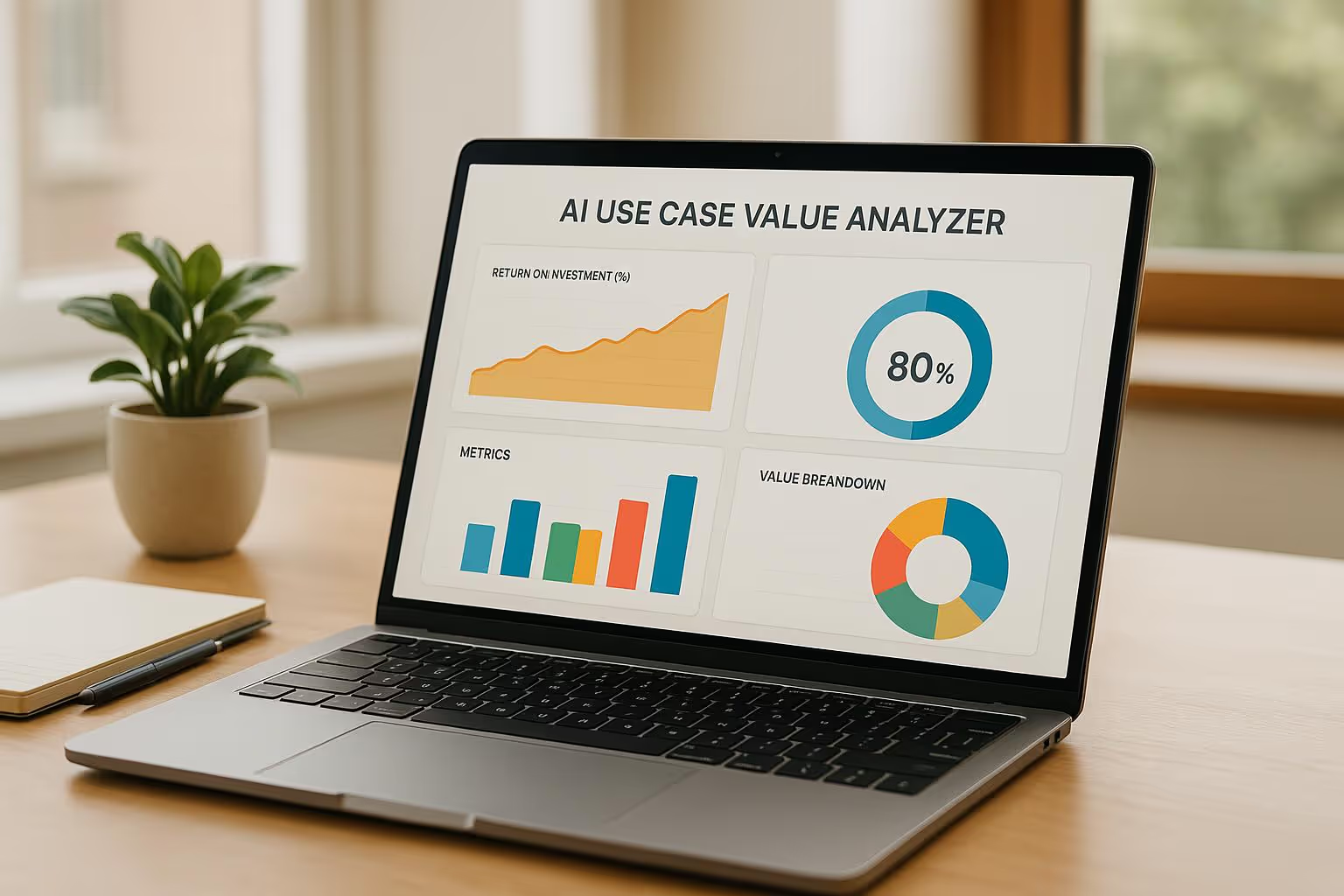
In today’s fast-paced world, businesses are constantly seeking ways to streamline operations and cut costs. One powerful approach is leveraging artificial intelligence, but how do you know if it’s worth the investment? That’s where a tool to evaluate AI implementation value comes in handy. It offers a clear, data-driven way to weigh the financial benefits against the expenses, helping you make informed decisions.
Adopting new technology can feel like a gamble, especially when budgets are tight. By analyzing the potential return on investment for specific tasks—whether in marketing, operations, or HR—you gain clarity on where automation can truly make a difference. Imagine slashing the time spent on repetitive work while redirecting your team’s energy to strategic goals. A business AI value tool breaks down the numbers, showing estimated savings and efficiency improvements tailored to your inputs.
It’s not just about dollars and cents. Integrating smart solutions can boost morale by reducing mundane workloads and spark innovation across departments. Curious about the impact? Try a quick analysis to see how much you could save and where the real opportunities lie for growth.
The efficiency gains are based on industry averages and research for each business area. For instance, marketing tasks often see around 30% time savings with AI due to automation of repetitive work like content drafting. While these are estimates, they’re grounded in real-world data and case studies. Your actual results might vary based on the specific AI solution and how well it’s integrated into your workflow.
Absolutely! You can run the analysis as many times as you’d like for different tasks or departments. Just refresh the inputs and try a new scenario—whether it’s HR for resume screening or Operations for inventory tracking. It’s a great way to compare where AI might deliver the most value across your organization.
That’s okay—it happens! If the tool shows a loss, it means the upfront cost of AI might outweigh the savings for now. But don’t dismiss it entirely; the qualitative benefits, like freeing up your team for higher-value work, could still make it worthwhile. Plus, AI costs often decrease over time as tech improves and scales.


